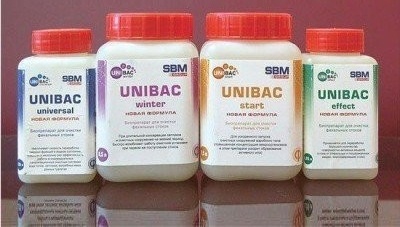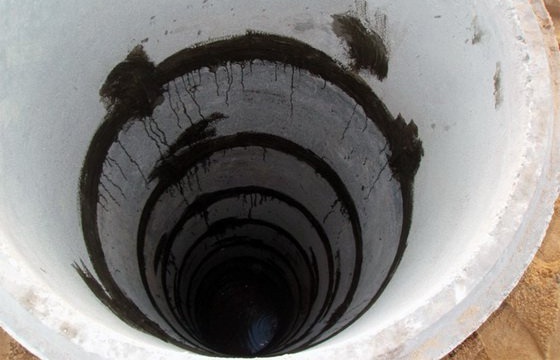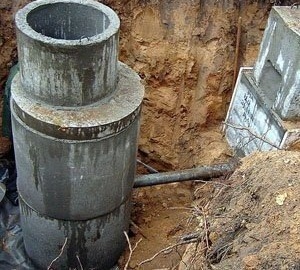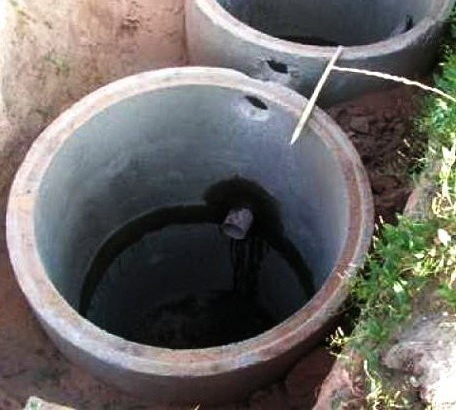Is it possible to reanimate an old sewer made of concrete rings and make it part of a septic tank?
Hello. I want to ask a question on the sump. My wife and I bought a private house with a sewer of seven concrete rings without a bottom. The bottom has not been cleaned for twenty years. The old owners did the sump, so they never pumped it completely, because it is too deep for the sludge pump. For the first years, we called the sewer, but due to the fact that the bottom is silted up, the drains are practically not absorbed into the soil, and the rings are filled instantly, and even groundwater helps in spring. I specially bought a drainer, but there’s nowhere to pour it out (at night on an economic train). And now the question is: are there any chances to quickly reanimate the bottom without pumping out the ilosos and continue to use it as a filtering field for the septic tank. Or is it easier to fill up with soil and dig a new one, smaller?
Pump well cleaning
If groundwater gets into your well, then it does not meet sanitation standards at all. According to the law, it is forbidden to install unpressurized reinforced concrete structures for drains in places where the groundwater level is high, but you, apparently, have this problem. Therefore, if you plan to use this well in the future, you need to not only reanimate it, but make it as airtight as possible by coating the joints and internal walls with liquid glass or other waterproofing.
If the sludge pump does not reach the bottom, then you have few options for cleaning the bottom. Faster, but also laborious, - pumping the bottom with clean water under pressure. For this we need a cesspool machine and fecal pump. If your drain pump is not designed for particulate matter, then it will not pass such a test.
First of all, we pump out all the sewage to the sludge into the sewage machine (with a pump, because the pipe is unlikely to reach the 7th ring). Then, with the same machine, bring a barrel of clean water and, under pressure, drive the liquid into the well. A powerful jet blurs mud deposits. Then repeat the pumping procedure. And so - so many times until relatively clean water flows through the hose. Most likely, you will not do the cleaning in a day, because the pump capacity may not be enough for continuous operation. So pick up time on the weekend. True, this method will fly you a pretty penny, because the sewers do not work for free. But if you agree directly with the person, then you can reduce the price by half. As an option, ask your neighbors for a biaxial barrel with a gasoline pump and carry drains with it.
But if your bottom has not been cleaned for so long, then most likely the 7th ring has become overgrown with hard deposits that cannot be cleaned with water. It is necessary to treat the inner walls with chemicals, such as ammonium compounds. To do this, you will have to go down to the shaft in protective clothing and a respirator and brush all the walls with a brush or brush.
Cleaning the cesspool, video
Using anaerobic bacteria to decompose sediment
The second option is to run into the sump bacteria. Just look for those that do not need oxygen recharge and start them with the beginning of spring, because in the cold season, the activity of bacteria decreases sharply. Until the fall, your runoff will become a safe fluid without silt deposits. They can be pumped directly to the garden. But the sediment on the walls still have to be additionally cleaned with chemistry, and then the well is sealed.

For decomposition of silt sediment at the bottom of the sewer wells, bacteria are used that do not need oxygen recharge, so look for the term “anaerobic bacteria” on the packaging
Only after thorough cleaning can you use the well as septic tank filtering field, like Topas, with a forced overflow system or by gravity (depending on the topography of your site). You can also simpler option: dig another one higher, for example, into three rings, concrete the bottom and make it a settler. A small mine is easier to maintain, and sludge is easier to pump out. Connect both wells with an overflow system so that the older, deeper one acts as a filter and gradually sucks drains. Moreover, in this version, he will not silt.
And you should not fill the well with soil. After restoration, he will serve for more than a dozen years. Remember that the drains must be in the system of your home-made septic tank for at least three days, after which they can go into the ground. And the option that you used before that time can spoil the water in nearby drinking wells, and the soil on the site will also suffer.


